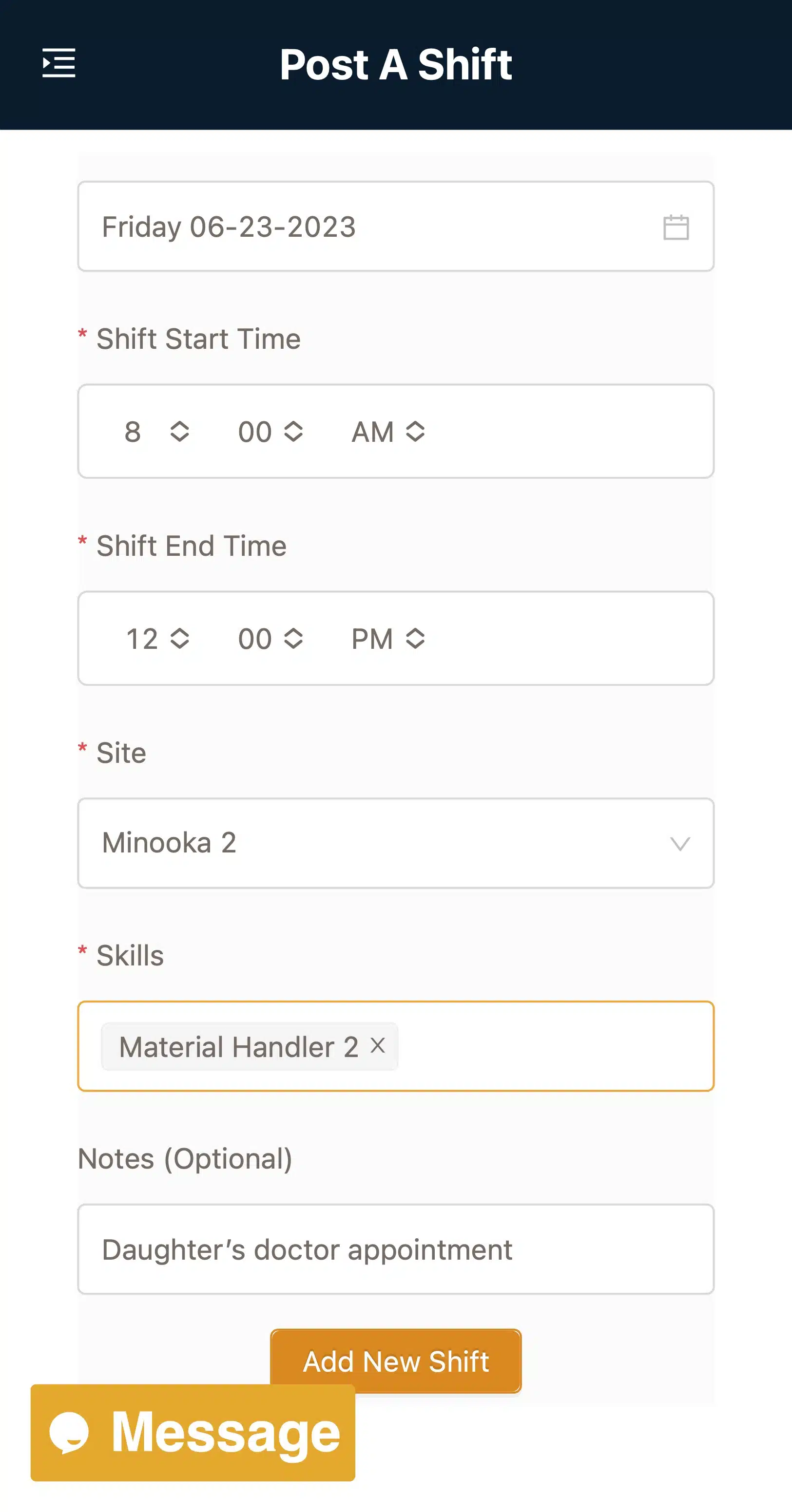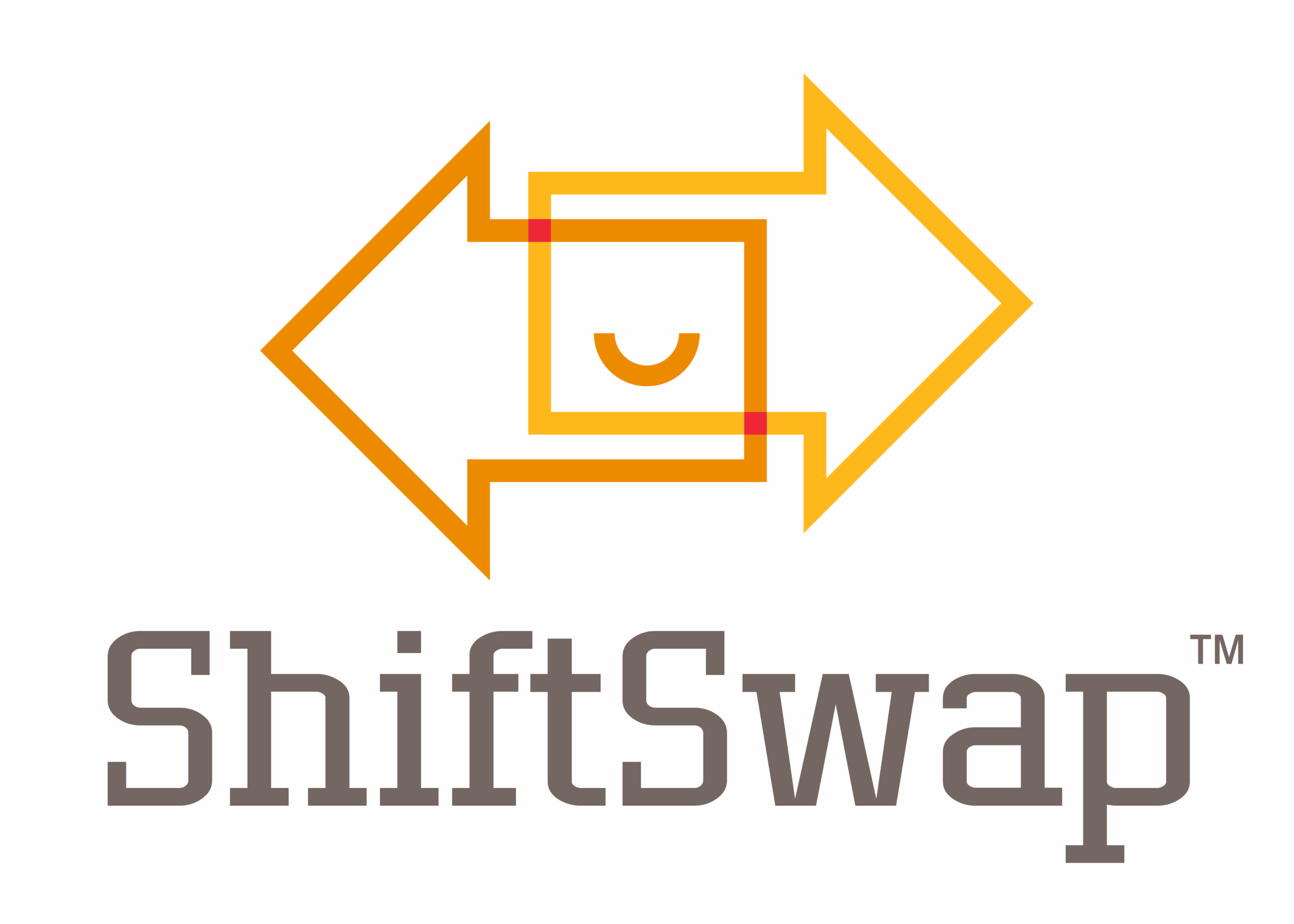In today’s fast-paced business environment, adapting and responding to changing demands is critical, particularly in industries like warehousing, where operational continuity hinges on effective workforce management. Companies often face the challenge of maintaining productivity while accommodating the diverse needs of their workforce.
Enhancing team flexibility and warehouse productivity through exchanging scheduled work hours among employees leads to significant organizational benefits. By implementing this strategy, companies can increase workforce retention, attract top talent, and achieve customer service targets. Ultimately, optimizing shift management and improving work-life balance contribute to reducing variable costs, benefiting both managers and employees.
The Importance of Shift Management
Effective shift management is a cornerstone of operational efficiency, particularly in sectors requiring continuous operations like warehousing. Traditionally, rigid schedules have posed challenges in accommodating employees’ personal needs, leading to dissatisfaction. Such rigidity often results in burnout and an increase of turnover, as associates struggle to balance work with personal obligations. Giving employees more control over their working hours, significantly enhances job satisfaction and retention.
Flexible management plays a big part in attracting and retaining talent. Organizations that demonstrate a commitment to work-life balance in competitive job markets often draw in top quality employees. By offering this flexibility, companies differentiate themselves as progressive employers, gaining an edge in recruiting reliable workers. A well-managed system can also buffer against unexpected disruptions, enabling businesses to maintain progression without compromising service quality.
Understanding ShiftSwap™
ShiftSwap allows employees to post all or parts of their shifts to be covered by their co-workers instead of calling out or using PTO for necessary appointments or last-minute holdups. Shift coverage involves employees posting their scheduled work hours they are unable to be at and is a first-grab treatment for coworkers to decide if they want to earn more hours that day. Additionally, supervisors can communicate when voluntary time off or overtime is available. Once someone has agreed to come in for their shift in just one click on their phone, management can approve or deny the transaction. Instant text replies are not merely a convenience but a strategic tool for enhancing flexibility in workforce scheduling. Allowing employees to manage their commitments without compromising their professional responsibilities empowers them to balance their work life effectively.
Operational Benefits of ShiftSwap™
ShiftSwap contributes to a seamless chain of events. Employees are more likely to voluntarily cover each other’s shifts, reducing the risk of understaffed shifts, which ensures that warehouse operations remain uninterrupted, even when unforeseen circumstances arise. When employees are willing to step in for their colleagues, it creates a safety net that ensures operational demands are consistently met without resorting to last-minute staffing solutions.
ShiftSwap can also lead to improved operational efficiency. Businesses can better respond to fluctuating demands and seasonal peaks. The adaptability helps maintain service levels and positions the organization to capitalize on new opportunities that require swift action. Handling potential disruptions is quick based on straightforward software, ensuring long-term stability and growth.
Practical solutions for balancing operational demands with employees’ personal needs can be found in ShiftSwap . For operations managers, this practice can alleviate scheduling pressures and ensure that shifts are always sufficiently staffed. Accommodating personal commitments without compromising operational efficiency can significantly reduce managerial stress and workload.
Employee Benefits of ShiftSwap™
In the warehouse industry, maintaining adequate work hours while juggling personal responsibilities can be particularly challenging due to shift work’s demanding and often inflexible nature. Employees frequently face the dilemma of adhering to rigid schedules that may not align with their family commitments, such as childcare, attending important events, or their educational pursuits, like attending classes or studying for exams. These challenges can lead to significant stress as workers strive to meet both professional and personal obligations, often feeling pressured to choose between job security and personal well-being.
ShiftSwap offers a valuable solution by providing the flexibility to adjust work hours without jeopardizing employment. It allows employees to manage their responsibilities better while maintaining the financial stability needed to support themselves and their families. Such flexibility is crucial in fostering a more balanced and sustainable work-life integration for warehouse employees.
The concept builds on trust and collaboration among team members. Businesses can foster community and mutual support by helping employees to coordinate among themselves. A collaborative approach strengthens team dynamics and encourages individuals to take ownership of their schedules, leading to greater satisfaction and engagement.

Leveraging Technology
Incorporating technology can significantly improve the efficiency of implementing shift swaps. ShiftSwap software can facilitate the process by providing a platform for employers to request and approve voluntary time off, overtime, and send messages to all employees in less than 10 seconds. The system can automate the approval process, track shift coverage history, and ensure compliance with labor regulations.
By simplifying the swap process, technology reduces administrative burdens and increases transparency. It also allows for real-time monitoring and analytics, enabling managers to make informed decisions regarding staffing and scheduling.
Mobile applications can empower employees to manage their schedules on the go, allowing them to post their shifts to be covered anytime, anywhere. This accessibility fosters a culture of flexibility and responsiveness, aligning with the dynamic needs of modern workplaces. By capitalizing on this technology, organizations can enhance employee engagement and satisfaction, improving performance and productivity.
The Bottom Line on Scheduling Flexibility
As businesses face ongoing challenges in managing their workforce, ShiftSwap™ emerges as a valuable tool that provides a straightforward and innovative way to balance operational needs with employee satisfaction. By integrating ShiftSwap™ into their workforce management strategies, organizations can achieve several key outcomes, including improving employee retention by creating a more flexible work environment and reducing turnover and absenteeism. The platform helps enhance customer service levels by ensuring that the correct number of staff is available to meet demand at any given time and by boosting warehouse productivity.
Utilizing ShiftSwap™ attracts top talent by offering potential employees the flexibility and autonomy they desire, making the organization more appealing in a competitive job market. From a financial perspective, ShiftSwap™ aids in optimizing costs by lowering the cost per unit of labor. This is achieved by precisely matching labor supply to demand, guaranteeing staffing levels are neither excessive nor insufficient.
Overall, the adoption of ShiftSwap leads to the creation of a more adaptable and motivated workforce. Employees benefit from the ability to cater their shifts according to their personal needs, which increases their job satisfaction and engagement. At the same time, businesses benefit from a workforce that is better equipped to meet the demands of today’s competitive environment, ultimately driving success and sustainability.

